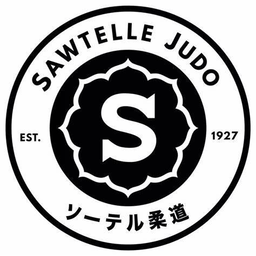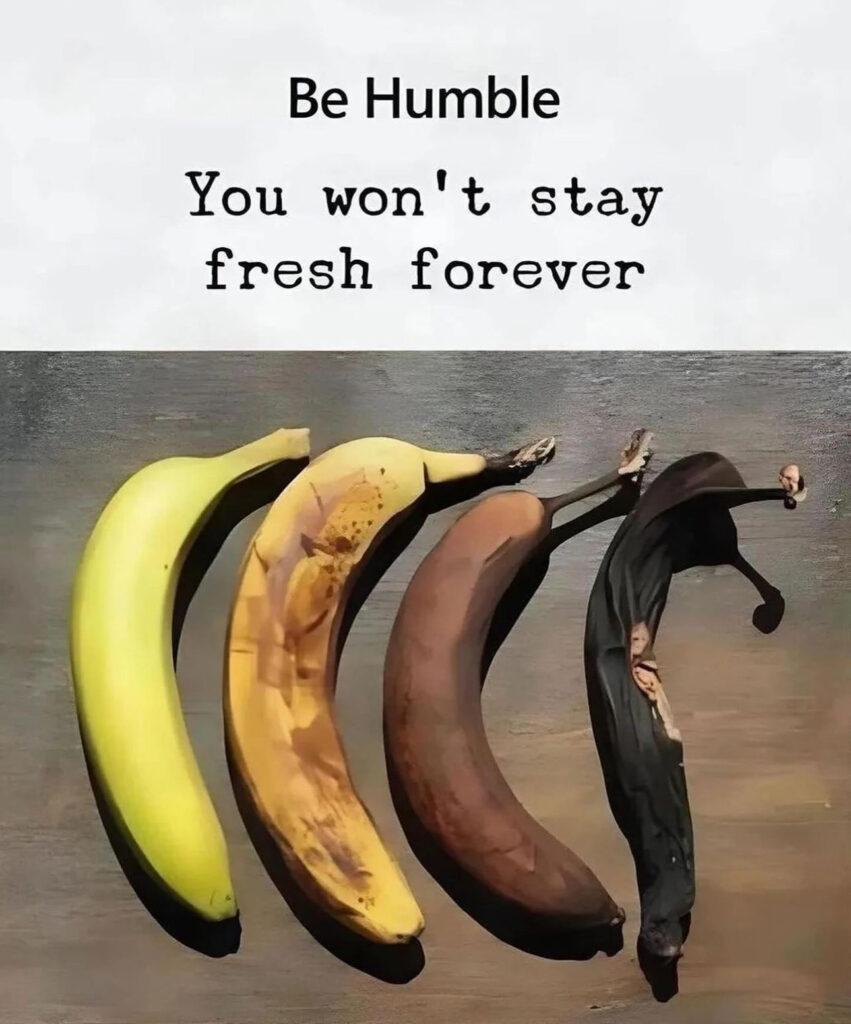Our Juniors’ inside joke
Month
March 2024
Judo practice reminders
Be consistent and practice as much as possible
Be on-time
If you are late for class, bow onto the mat, greet the Sensei, and warm up and stretch out before exercising and especially before performing ukemi, uchikomi, nagekomi, and engage in randori.
On the mat, focus, watch, listen, and perform the techniques to the best of your abilities. Ask questions if you need help understanding something.
To accelerate your learning, especially our Juniors, write down what you learned in class: what was taught, what the steps to performing a technique, what you learned today that you already did not know, and what you could do on your own to get better. Write down what you did today that surprised you and what you accomplished. What are your Judo goals, and what are the steps to getting there?
Mastering Judo takes time. It is not like downloading an app. It requires patience, practice, and discipline.
Hydrate throughout the day. If you’re dehydrated, you’re liable to cramp or be exhausted during practice.
Go to the restroom before practice
During practice, do not drink too much water
Bring a gym bag
Wear beach sandals/flip-flops while off the mat, walking on the floor, going to the restroom or changing room.
Bring your water
Please bring a gym bag, water bottle, other drinks, and beach sandals on the first day. When you are off the Judo mat, everyone must wear their footwear so they do not track dirt back onto the carpets, especially from the restroom.
Wash your Judogi between practices. Wash your Judogi only in cold water. Do not use bleach. Hang dry your Judogi after each wash. Do not wash your Judo belt. It will shrink very quickly and begin to look like a “bow tie” if you do so.
Bring a warm change of clothes after a hard, sweaty workout to prevent muscle tightness and colds.
Take home everything that you brought with you to practice.
Assist in the clean-up of our Dojo at the end of the Senior practice.
Vacuum mat free of any debris
Spray disinfectant on mat
Wet mop mat and spread disinfectant evenly over surface
Flush toilet
Throw out trash into bins
Clear bar of any trash, leftover items like water bottle
Turn off digital clock
Turn off the overhead TV monitor
Turn off the fan & air purifier
Remove any trash or left items from the changing room
Turn off lights; bathroom, mat, lobby, and changing room
Make sure the front steel doors facing Pico Blvd. are closed and locked
Lock gate
Lock steel door locks with key
Drive out of the parking lot safely. Other drivers use this parking lot during rush hour as a shortcut to turn south on Sawtelle Blvd.
Watch out for the interesting vagrants under the Expo Line.
Familiarize yourself with the Judo rules
It could the difference between winning and losing, plus the safety of yourself and others competing or practicing in this sport.
Referee signals
Here are short videos demonstrating referee signals for different penalties.
IJF Judo Rules, 2022-2024, next Olympic cycle, Paris 2024
Here is the latest YouTube video hosted by Neil Adams, the leading commentator of IJF events, reviewing the latest rule changes.
The Rules of Judo (Don’t Do This)
This video, The Rules of Judo (Don’t Do This), is more entertaining. But don’t do this, especially in front of Osugi Sensei. Then, you’ll surely remember not to do it again. For Juniors, it could mean winning a white belt.Hiroyuki Akimoto is a former 2010 World Champion @ 73 kg and now designs his line of BJJ/Judo gear, Kimono Fighter
Our Dojo practice
Our objective in practicing Nagekomi and Randori is to perfect your Judo technique. Randori is not a tournament match for a Gold medal.
When you throw someone during Nagekomi or Randori, hold onto your uke’s sleeve or lapel so they can do their ukemi and protect themselves. For Torii, you must control your uke’s fall for their safety. Moreover, during competition, if you don’t maintain control of your uke’s fall after throwing them, you may not receive a score, be unable to perform, or lose the opportunity to perform Osaekomi. Shimewaza or Kansetsu-waza immediately.
We prohibit a series of techniques outlined in our enrollment form during practice. This is for your safety and our membership.
Stay standing after executing your Tachiwaza (standing techniques).
No head diving. Nobody wants a broken neck.
No “double-knee” Seoi Nage. There is no need to give someone a headache or be a pain in the neck.
Landing directly on someone’s ribs and chest after throwing them into Osaekomi. Broken ribs make it difficult for someone to do things we take for granted, like breathing, sleeping, walking, driving to work, and sitting and working eight hours.
From our enrollment form:
SECTION 10: PROHIBITED TECHNIQUES
All techniques and behaviors banned by the International Judo Federation, USA Judo, and Nanka Judo Yudanshakai will not be tolerated at Sawtelle Judo Dojo. This especially applies to those with previous martial arts or wrestling experience who may have been taught specific techniques.
For IJF rules, please read IJF SOR, Sport and Organization Rules.
Beyond the IJF rules, here at Sawtelle, we ban following throwing processes and methods.
• Kinshi-Waza-these are already prohibited techniques by the IJF.
– Ashi-Garami (足緘), Do-Jime (胴絞), Kani-Basami (蟹挟), Kawazu-Gake (河津掛)
• Any throwing technique that uses the arm or arms to wrap around the neck or the head and has a chance of driving the head into the ground or the Torii landing on top of Uke. Examples are Koshi Guruma, “Drop Knee” Seoi Nage, or “Guillotine” headlock.
• Any throwing processes that lock the ankle, knee, or hip joints and pull the Uke into the ground using your body weight.
Examples are Tani Otoshi, Ura Nage, Yagura Gaeshi, and Kari Gaeshi.
• Any throwing processes with a chance of Torii falling over Uke. This includes all Makikomi derivatives, such as Harai Makikomi, Soto Makikomi, and Hane Makikomi.
• Any throwing processes that Torii throws backward, sideways, or forward cause the Uke to fall directly on the head or to inhibit the Uke from performing Ukemi. Examples are Ura Nage, Daki Age or Yagura Nage.

